HEALTH WATCH: Understanding how and why ACL tears occur
CalHiSports Insights October 23, 2012 SportStars 0
As the high school sports season gets back into full-swing, I see an influx of young athletes who suffer injuries to their knees. Unfortunately, many of these athletes will have suffered anterior cruciate ligament (ACL) tears and require surgery. Many athletes wonder, “Why did this happen to me?”
Although some of these ACL injuries are related to bad luck, the sports medicine community has identified several risk factors that may predispose an athlete to have an ACL tear. Some of these can be controlled whereas other cannot. I like to break up the risk factors into intrinsic and extrinsic factors.
INTRINSIC FACTORS
• GENDER — ACL tears are more common in females than males, and make up approximately 75 percent of the ACL surgeries I perform. There are several anatomic issues which increase the strain on the female knee. First, females have wider hips, which increases the force the knee experiences during activities such as jumping and cutting. Second, females have a smaller end of the thigh bone where the ACL resides. This decreases the room the ACL has during movement, and can increase the tear rate as well. Finally, women have more laxity in their joints and ligaments. Some of this is genetic and some is postulated to be due to the level of certain hormones such as estrogen which increases the susceptibility of the ACL tissue to tear.
• PROPRIOCEPTION & NEUROMUSCULAR CONTROL — These are fancy terms for describing your body’s (particularly your nerves) ability to control your muscles and identify where your body is in space at any given time. This is particularly important during landing; when many ACL injuries occur. Athletes who have poor proprioception or neuromuscular control have higher rates of ACL injury. The good news is that you can work on this.
• LANDING — Landing with the knee locked or with the knees pointing to each other (knock-kneed) with a flat foot dramatically increases the rate of ACL injury. This can be improved with training.
• “CORE” STRENGTH — This refers to muscles about the pelvis, hip, and abdomen. Athletes who are unable to stabilize their trunk/hip region put more force on their knees; also increasing strain on the ACL. As with landing and neuromuscular control, this can be improved through training.
• BIG QUADRICEPS, SMALL HAMSTRINGS — As athletes we like to concentrate on developing massive quadriceps muscles (the muscles in the front of the thigh). Unfortunately, these muscles pull the shin bone (tibia) forward relative to the thigh bone (femur) — this is exactly what the ACL is trying to prevent! Having excessively strong quadriceps muscles with weak hamstring muscles (which are located in the back of the thigh and do the opposite of the quadriceps — pull the shin bone back relative to the thigh bone) increases the rate of ACL injury.
EXTRINSIC FACTORS
• DIRECT BLOW — If someone hits your leg, you can’t really control the outcome. Luckily, this only accounts for about 30 percent of ACL injuries. The rest occur without contact when you cut the wrong way or land awkwardly.
• DRY WEATHER — Studies have shown that dry weather increases the friction between one’s athletic shoe and the surface. As a result, patients are more likely to get “stuck” while pivoting and cutting; increasing the rate of ACL tears.
• ARTIFICIAL SURFACE — As above, artificial turf also increases friction between the shoe and the ground. That wet weather on grass might not be so bad after all!
As you can see, ACL injuries are not completely random events. In Part 2 of this article, we will talk about how to prevent ACL injuries based on these risk factors.
Dr. Nirav K. Pandya is a pediatric orthopedic surgeon specializing in pediatric sports injuries at the Children’s Hospital in Oakland. He sees patients and operates in Oakland and our facility at Walnut Creek. If you have any questions or comments regarding the “Health Watch” column, write the Sports Medicine for Young Athletes staff at [email protected].
SportStars
SportStars Magazine: High School Sports Articles Online SportStars is your go-to source for the very best high school sports articles in California. Player and team profiles, game coverage, health and fitness tips and the largest Camps, Clinics & Combine resource for athletes. We're the story behind the stats.


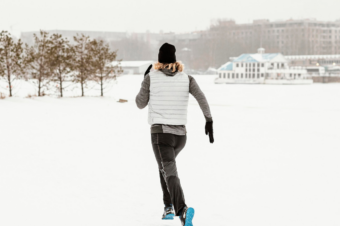
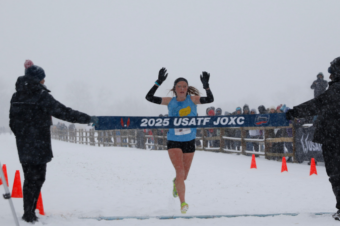
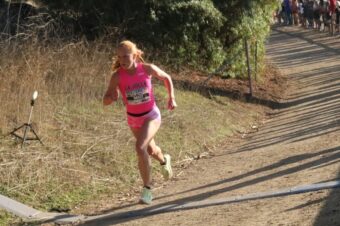
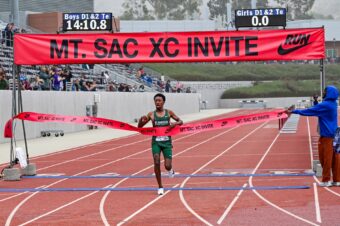

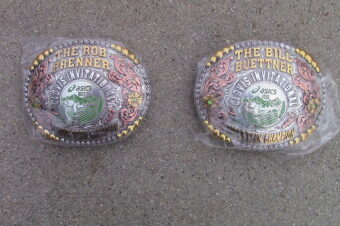
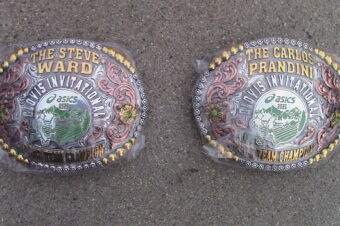
No comments so far.
Be first to leave comment below.